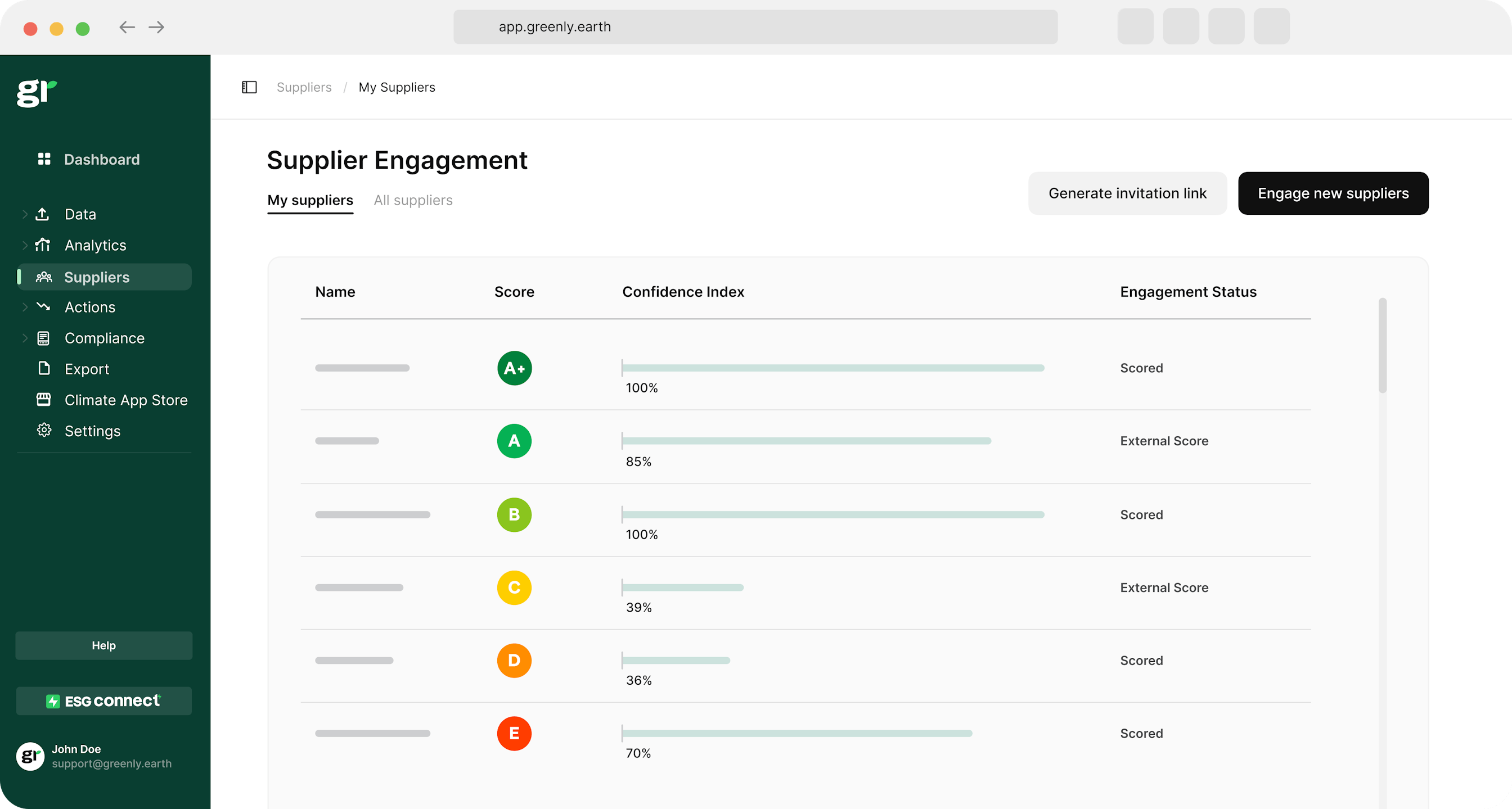ESG / CSR
Industries
Why Are Pioneer Species Interesting?
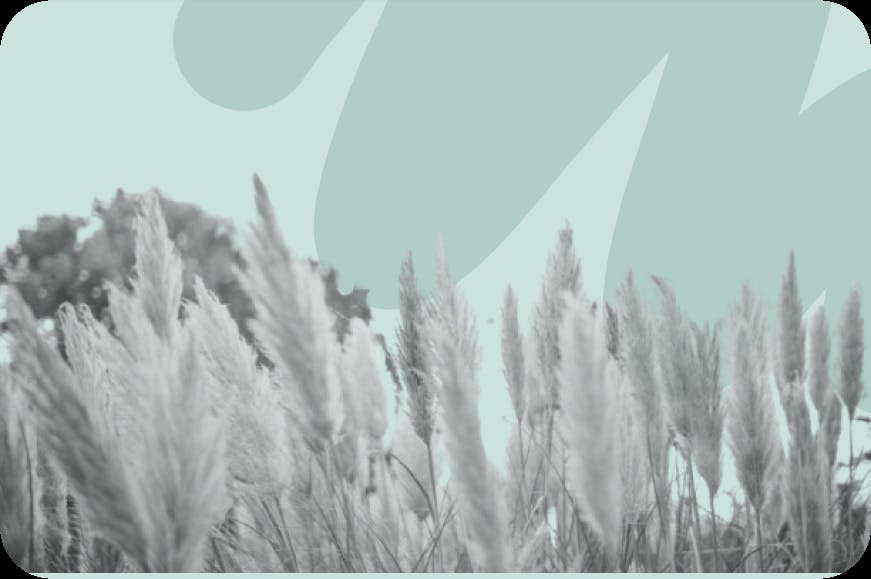


As a little kid in elementary school in the United States, many of us learned about the American pioneers who were brave enough to travel across the Atlantic and settle in what was once the thirteen colonies – but what about pioneer species?
Pioneers refer to people who exhibit immense bravery to explore or settle in a new region before anyone else has, and unbeknownst to most – the same goes for pioneer species, which are able to kick-start an ecosystem before other organisms.
Pioneer species are an interesting and integral part of our ecosystems, especially in the midst of global warming where more and more regions are becoming difficult for organisms to colonize.
In this article, we’ll explain what pioneer species are, why they are important, examples of pioneer species, and what would happen if they didn’t exist.
What is a pioneer species?
A pioneer species refers to organisms that colonize compromised or damaged habitats before other species, which allows for ecological succession and the development of a new ecosystem.
💡 The term, “pioneer species” is derived from the definition of a “pioneer” – which refers to someone who is bold enough to try new things before anyone else.
For example, this is why some programs may be referred to as a “pioneer program”, as those involved are the first to test out its effectiveness alongside their willingness to potentially be disappointed in order to spare a larger group of people from suffering the potential consequences of the program.
Here are some examples of pioneer species:
- Lichens – This is one of the most well-known pioneer specie as it can grow on bare rock and help to break down the surrounding soil.
- Fungi & Algae – Following the work of lichens, various fungi and algae will arrive and help to absorb water and minerals from rainfall to further develop the soil.
- Moss – Mosses are also considered a pioneer species as they help to break down rocks and improve soil formation.
Key characteristics of pioneer species
Pioneer species must have the following characteristics:
- Thrive in Harsh Conditions – Pioneer species must be able to withstand nutrient-sparse conditions such as areas with poor soil and intense sunlight.
- Easily Reproduce – Pioneer species should be able to reproduce quickly to help spread across the given area and make it suitable for other organisms to settle.
- Properties to Improve Soil – Arguably, the most important thing that a pioneer species should do is to help improve soil quality – meaning a pioneer species must have the ability to decompose organic matter or breakdown other nutrients.
👉 Overall, pioneer species must be able to thrive in harsh conditions to help make an inhabitable environment feasible for a more complex ecosystem – as these regions wouldn’t be able to exist without them.
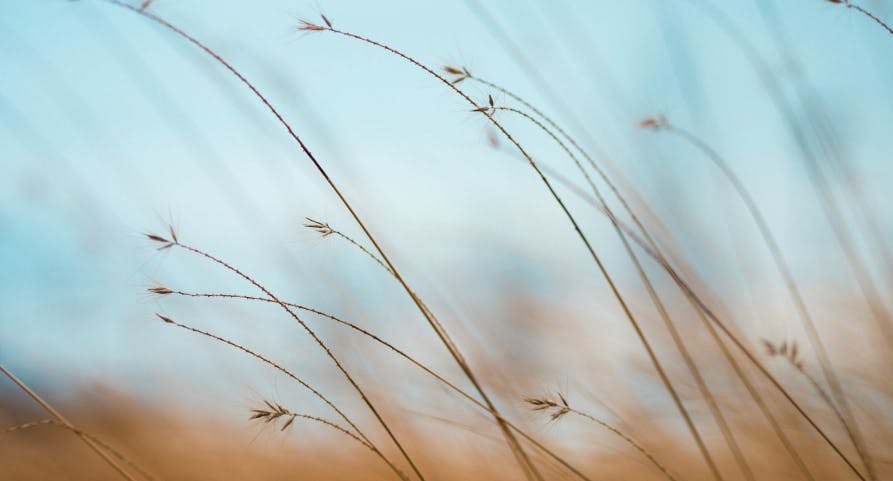
Why are pioneer species important?
Pioneer species are indispensable in the sense that they help to recover inhabitable ecosystems – such as those destroyed by various natural disasters like glacier retreats, deforestation, and or wildfires.
Without pioneer species, these environments would never be able to develop themselves into a more complex ecosystem or to invite other wildlife to explore the area – meaning we would have a lack of mature and diverse ecosystems.
💡 Ultimately, pioneer species help to recover areas that may seem destroyed and permanently unfit for habitation – which is essential in our world, especially in the midst climate change making these numerous natural disasters more extreme in terms of the damage they cause.
👉 Just as your meal couldn’t be consumed without heating it up first – tress, shrubs, and eventually wildlife couldn’t grow in a once barren environment without the existence of pioneer species.

What is an example of a pioneer species or pioneer community?
Examples of pioneer species include lichens, fungi, alder, willow, fireweed, algae, mosses, and grasses.
💡 A pioneer community refers to a group of species that colonize a new area together, otherwise known as several pioneer species coming together to change the surrounding environment.
Here’s a breakdown of various pioneer species:
- Lichens – Often the first pioneer species to settle on bare rocks or other regions with zero soil left after a natural disaster, lichens have a symbiotic relationship with fungi and algae – making them a key connector in helping to break down rocks into smaller particles. As a result, lichens are a key component in primary succession.
- Fungi – This pioneer species can help in ecological succession by breaking down organic matter and improving soil quality.
- Bacteria – Nitrogen-fixing bacteria can help to enrich the soil to encourage future plants to grow in the once desolated and natural-disaster-stricken region.
- Fireweed – Viewed as a saving grace after a nasty forest fire, fireweed can easily regrow and can be used as an indicator that recovery has began following a natural disaster – as seen with the Canadian wildfires in British Columbia. Ultimately, it can help to stabilize surrounding soil and provide hope after a catastrophic wildfire.
- Grass – Various grasses are a common pioneer species, especially in secondary succession – as their extensive roots can allow them to improve soil structure and fertility to allow other organisms to settle in the region.
- Alder – Also, a member of the birch family, is a super-pioneer species seeing as it has a symbiotic relationship with bacteria to help enrich the soil and support the growth of other plants – ultimately helping to develop a more complex forest.
- Willow – This pioneer species is able to survive after a volcanic eruption, as it grows near bodies of water and can help to prevent soil erosion with its deep roots. Willow can help to protect our riverbanks from erosion and boost biodiversity.
Refer to the table below for further examples of pioneer species and their role in ecological succession:
| Pioneer Species | Role in Primary Succession | Role in Secondary Succession |
|---|---|---|
| Lichens | Lichens are among the first to colonize bare rock in primary succession. They break down rocks through physical and chemical processes, contributing to the formation of soil. | While less common in secondary succession, lichens may still appear in areas where soil is poor or nutrient-depleted, helping to slowly regenerate the environment. |
| Fungi | Fungi break down organic material and contribute to nutrient cycling in early ecosystems. They also form symbiotic relationships with plants, improving nutrient absorption. | In secondary succession, fungi decompose organic matter from previous ecosystems, speeding up nutrient recycling and soil formation. |
| Bacteria | Nitrogen-fixing bacteria are crucial in primary succession. They convert atmospheric nitrogen into forms usable by plants, enriching barren soil with nutrients. | Bacteria, especially nitrogen-fixing varieties, help restore soil fertility in secondary succession, providing essential nutrients for plants to recolonize disturbed environments. |
| Fireweed | Fireweed is not usually found in primary succession due to the lack of soil but can sometimes appear in disturbed volcanic areas or after glaciers recede. | Fireweed is one of the first plants to appear in secondary succession after disturbances like fires. It stabilizes soil and provides early cover for other species to grow. |
| Grass | Grasses may colonize areas of primary succession once enough soil has been created, providing ground cover that prevents soil erosion. | In secondary succession, grasses rapidly colonize disturbed soil, holding it together, reducing erosion, and creating conditions for the growth of shrubs and trees. |
| Alder | Alder trees are often found in later stages of primary succession in temperate zones. They fix nitrogen in the soil, improving conditions for other plant species. | In secondary succession, alders are early colonizers that help enrich the soil with nitrogen, allowing more complex plant species to follow. |
| Willow | In primary succession near water bodies, willows can establish once the soil is stable enough, preventing erosion and helping to shape ecosystems near streams or lakes. | Willows are common in riparian zones in secondary succession. Their roots stabilize soil, protect against erosion, and create habitat for other plant and animal species. |
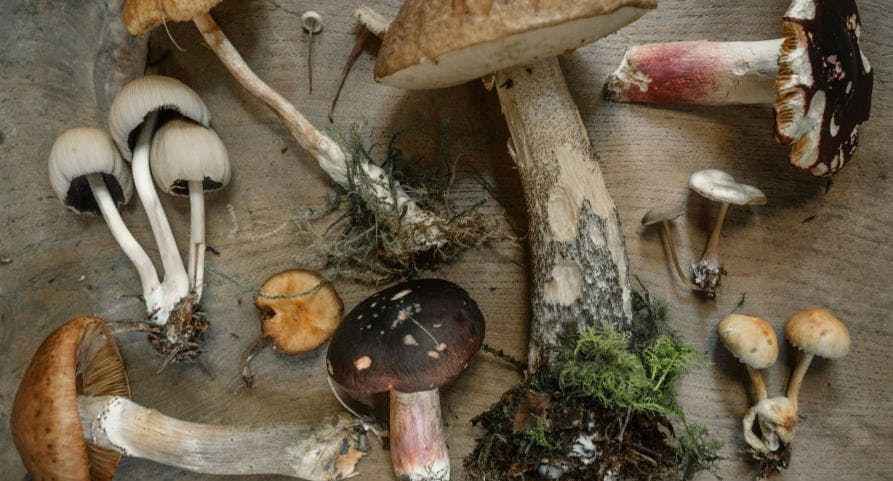
How do pioneer species change the environment?
Pioneer species help to change their surrounding environment by aiding in ecological succession to make the surrounding area habitable for more complex organisms.
What is ecological succession?
Ecological succession is the process of an ecosystem changing and developing over time.
This requires a series of steps to ensure that an environment has been effectively colonized to ensure future organisms to arrive can thrive in the area.
👉 Oftentimes, ecological succession occurs after a natural disaster – such as a volcanic eruption or a wildfire.
Pioneer species work to support ecological succession via:
- Soil Formation – Pioneer species help to break down rocks, and once they die – they decompose and add organic matter to the soil to support nutrient density.
- Creating a Stable Environment – Pioneer species will work to protect new soil and develop a more hospitable environment for other plants to grow.
- Boost Biodiversity – As pioneer species help to improve the surrounding soil, they directly aid in boosting biodiversity – which can allow for both a complex and stable ecosystem in the future.
- More Suitable Surrounding Conditions – Since pioneer species can help to adjust environmental variables such as light, temperature, and soil composition – they have a direct effect on the development of the surrounding ecosystem for future species.
Primary succession
Primary succession occurs when pioneer species make their way to barren and rocky landscapes that aren’t able to support other living species – such as in Black Rock or dessert areas surrounding the Great Salt Lake.
In this phase, pioneer species work to break down the rocks and enrich the surrounding soil to allow for more complicated organisms to colonize.
👉 In order to be successful in primary succession, many pioneer species are characterized as widespread organisms with the ability to pollinate with ease and reproduce quickly.
Secondary succession
Secondary succession occurs when an intermediate species or climax community is interrupted by a natural disaster, such as a forest fire. Unlike primary succession, soil and nutrients are already readily available.
💡 The main difference between primary succession and secondary succession is the environment in which they take each take place, as primary succession occurs in areas impossible for living organisms to survive in whereas secondary succession takes place in an area with pre-existing vegetation.
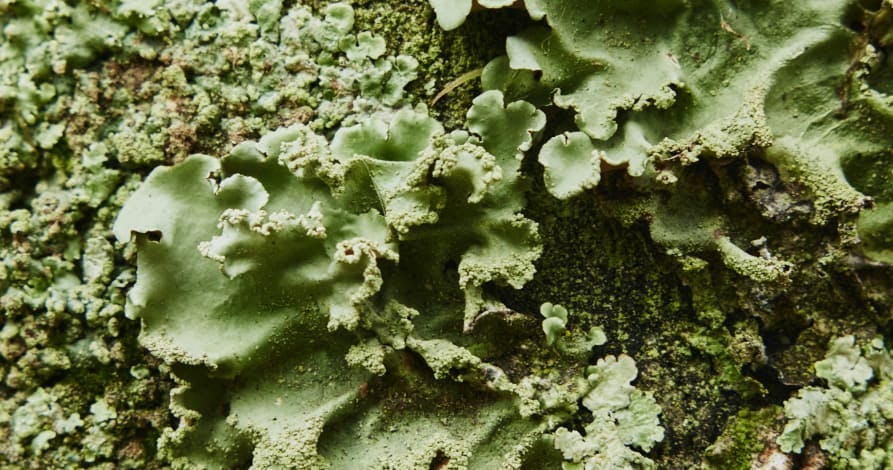
What would happen if pioneer species were to disappear?
If pioneer species were to disappear, it would create a colossal negative impact on vulnerable ecosystems that wouldn’t be able to recover following a natural disaster without the help of pioneer species.
💡 Pioneer species are interesting and irreplaceable as they are able to create the building blocks for new life with little to no readily available resources whilst under harsh conditions – such as consistent sunlight or no water.
Here would be just a few of the effects if the existence of pioneer species were to cease:
- Trouble with Ecological Succession – Much like a lighter helps you to get a fireplace going, pioneer species help to jump-start the process of ecological succession. Without pioneer species, dry or rocky terrain would struggle to develop a more complex ecosystem.
- Decreased Soil Health – In the same way that columns often serve as a structural element to support the roof or other components of a building, pioneer species are the building blocks to developing healthy soil. Without pioneer species, soil will degrade faster and could even wash away entirely in the midst of a natural disaster.
- Disruption to Nutrient Cycling & Key Symbiotic Relationships – Several pioneer species such as alder and lichens have a symbiotic relationship to crucial bacteria and other components to help break down the soil. Therefore, the loss of these symbiotic relationships would make maintaining biodiversity challenging.
- Overall Ecosystem Instability – Pioneer species are essential to support stability within an ecosystem as they are imperative to prevent soil erosion and encourage the growth of more complex plant species. A lack of pioneer species would make it extremely difficult for complex forest ecosystems to be developed.
In the end, without pioneer species – we would have dry, barren areas with no opportunity to develop a robust and fruitful ecosystem.
Therefore, pioneer species shouldn’t only be viewed as a fascination for their ability to restart ecosystems, but as an essential component to biodiversity – especially in the midst of climate change as natural disasters continue to put some of our most important regions of land at stake.
What About Greenly?
If reading this article on pioneer species has made you interested in reducing your carbon emissions to further fight against climate change – Greenly can help you!
Making an effort to switch your company over to the values of a green business can be overwhelming, but don’t worry – Greenly is here to help. Click here to schedule a demo to see how Greenly can help you find ways to improve energy efficiency and decrease the dependency on fossil fuels in your own company.
Greenly can help you make an environmental change for the better, starting with a carbon footprint assessment to know how much carbon emissions your company produces.
Click here to learn more about Greenly and how we can help you reduce your carbon footprint.
